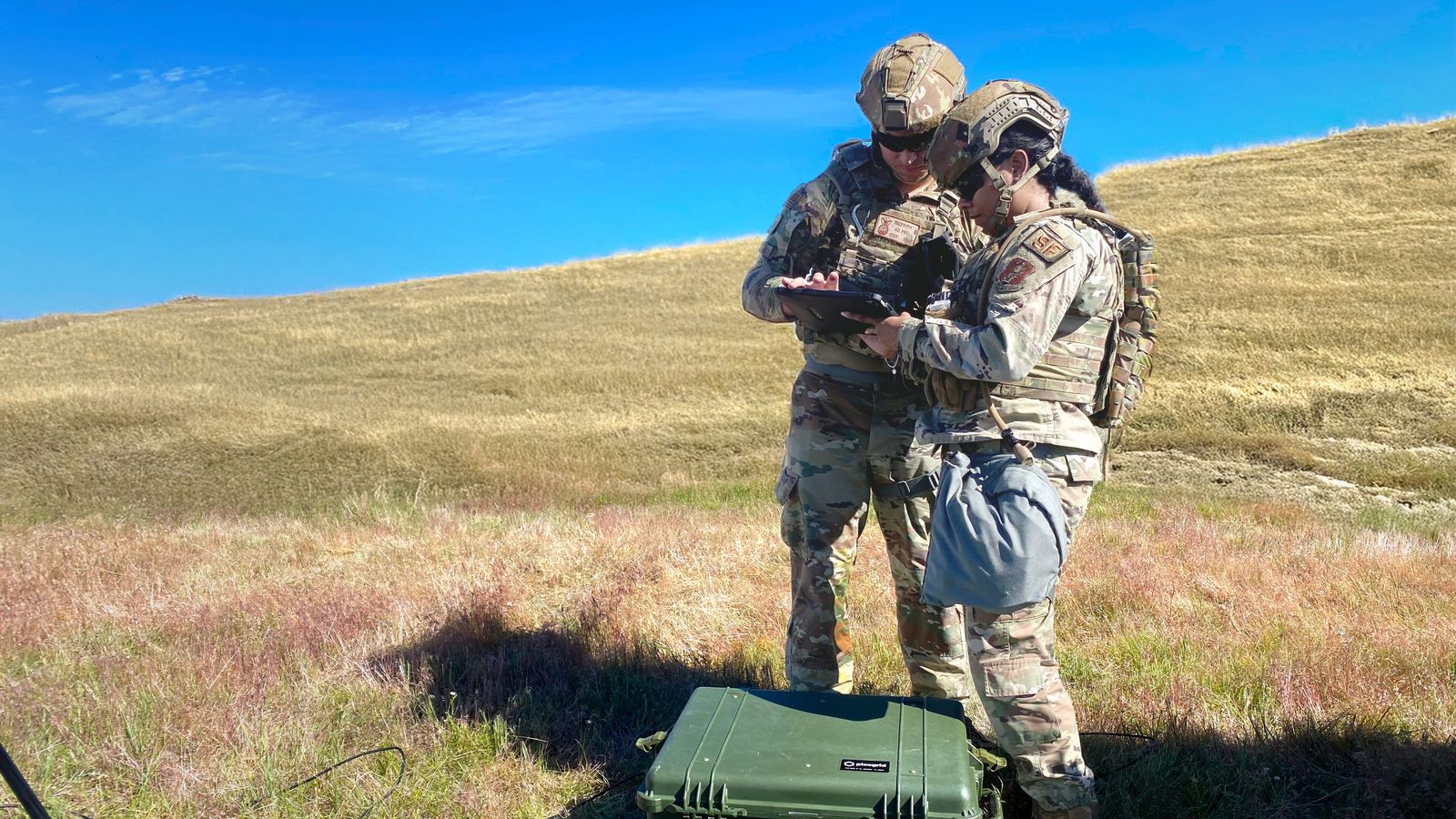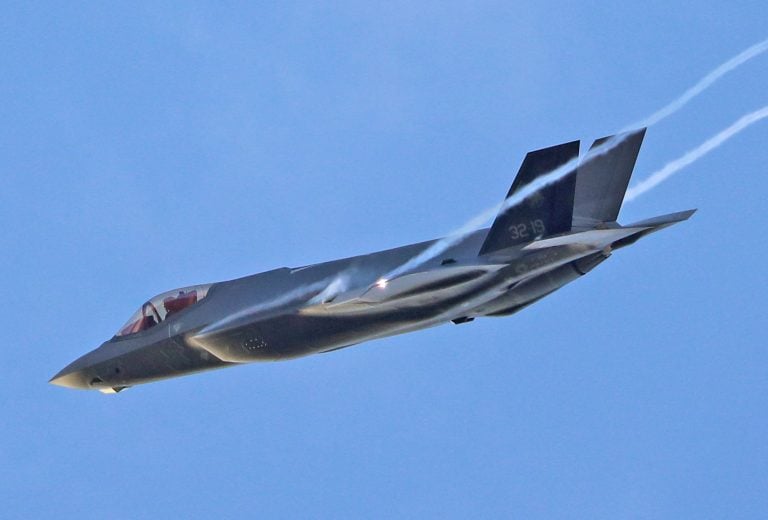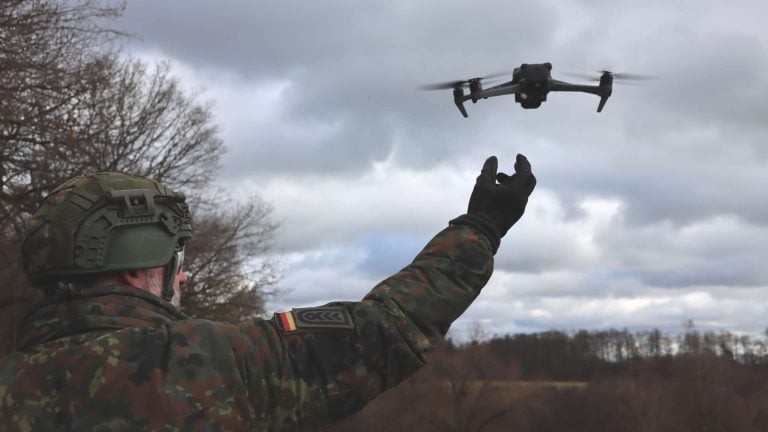The US Army has selected Picogrid’s Legion software to tackle a longstanding issue in military operations: the integration and communication challenges between disparate systems on the battlefield. This innovative platform is designed to gather data from a wide variety of sources, including both legacy systems and contemporary sensors, and integrate this information into key applications, most notably the Tactical Awareness Kit (TAK), which serves as the army’s primary coordination app.
This advanced integration enables a more comprehensive and real-time understanding of battlefield dynamics, facilitating quicker decision-making and improved coordination among units that may be geographically separated. Martin Slosarik, co-founder of Picogrid, emphasized the software’s unique ability to bridge gaps between systems. “Legion breaks down the walls between systems that were never meant to work together,” he stated, highlighting how the software offers soldiers enhanced access to modular tools that augment their existing capabilities.
Prior to its selection by the Army, Legion underwent rigorous field testing with the US Air Force and Space Force and has demonstrated its effectiveness in a series of comprehensive army exercises aimed at assessing its performance in real-world operational settings.
This decision aligns with the Army’s broader strategy to modernize its technological framework. Recent communications from Army Chief of Staff Gen. Randy George and Secretary of the Army Dan Driscoll have underscored the imperative to adapt to evolving threats, emphasizing the need for military operations to be increasingly influenced by autonomous systems, sensors, and dual-use technologies.
In light of these challenges, the Army has initiated the Army Transformation Initiative, a strategic effort designed to expedite innovation, enhance adaptability to changing conditions, and equip soldiers with versatile and mission-capable tools. A critical aspect of this mission is ensuring the seamless interoperability of new technologies with both outdated and contemporary military systems.
Legion is purposely crafted to function within this fragmented technological landscape, enhancing rather than replacing existing infrastructure. It serves as a crucial connective layer that promotes interoperability among platforms that were not originally designed to interact.
The implementation of this program is being coordinated by the US Army Engineer Research and Development Center’s Construction Engineering Research Laboratory, under the guidance of Program Manager David Delaney. The newly awarded contract is anticipated to facilitate ongoing evaluation of Legion and prepare it for deployment in operational scenarios.



















